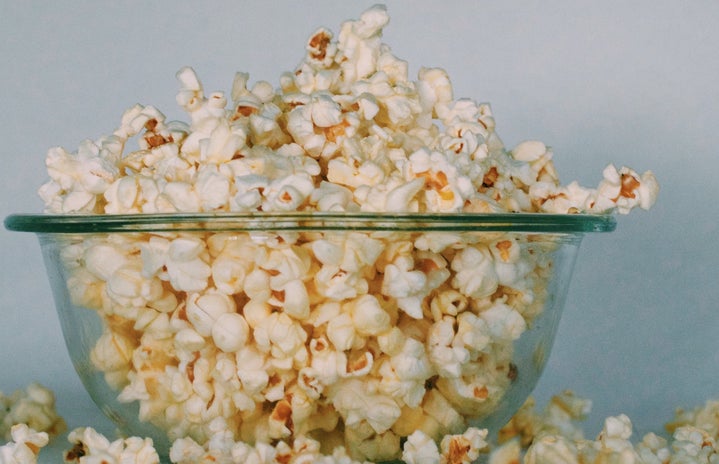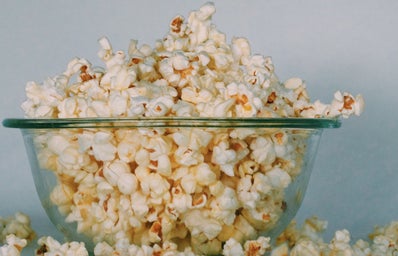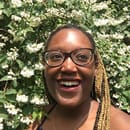A few months ago, I was texting back and forth with a friend (“A”) about the Hollywood industry. The conversation was one of thousands we’d had — shaking our proverbial fists at an industry that still has so far to go in diversifying itself.
Who knows what led to our eventual discussion, but she mentioned her frustration over Yara Shahidi being cast in an upcoming adaptation, The Sun is Also a Star. She asked me something like, “Megan, don’t you love that book?”
I do love that book. It’s one of my favorite books. The plot follows a teenage, black Jamaican girl, and a Korean boy who meet and fall in love in a day. Cliché? Of course. Beautiful? Absolutely. Nicola Yoon handles the relationship of Natasha and Daniel with such grace and care, without burying the importance of race and ethnicity in the story. And bonus! It’s an interracial romance where both the characters are people of color. A miracle.
So, where does my ire come from? Why are me and A frustrated?
It’s always important that there is representation for POC in film, but what’s even more important than that, is how we’re represented.
The main character, Natasha, is a black girl. From Jamaica. With two Black, Jamaican parents. Period.
It is frustrating when a role that was written for a darker (well darker than Yara Shahidi) girl, is given to a mixed, light skinned actress. What I loved about the book is the portrayal of this black girl, who was outspoken, and bold, and wore her afro, being the love interest. Why is that important? Because dark girls aren’t usually the standard for romance. At least not commercially.
In America, and most parts of the globe, the black girl with dark skin and 4c hair isn’t the standard of beauty. I know that may seem crazy, because we’re poppin on Twitter and Instagram, but social media does not reflect real life. Here was this story, so gorgeous in its representation of that girl, given to an actress who will give the audience a more ‘palatable,’ form of blackness.
Yara Shahidi isn’t the problem, let’s be clear. She represents a symbol of a bigger systemic issue of blackness in public perception.
It’s so dispiriting, even more so for girls trying to break into the business, like A who is a budding black actress.
Here are a couple of gems from my discussion with her about it a few days ago:
“People talk so much about how models negatively affect the way girls see themselves, but it’s the same thing when people are celebrating black girl magic, but the only magic that exists in these movies is someone who is half white or half non-black.”
“They’re projecting that beauty and black girl magic exists in women who are only half black – that blackness in itself is not beautiful or magic. And it’s really upsetting. It’s honestly and truly a form of visual psychological warfare.”
“It’s upsetting that she refuses to acknowledge her mixed and light skin privilege.”
“Her defense is that she’s still perceived as a black girl, but like what kind of black girl?”
Things like that matter. And it does no service when the Yara’s of the world deny how deeply problematic it is to put themselves in the same category as the rest, like they’re getting the same opportunities. A is a black girl, born to two black parents, trying to be an actress in an industry that does not celebrate her and her skin.
I loved the book because it was about real people. The ones that are left behind, and overlooked. I can’t imagine that theme will hold true with the way it was cast.


